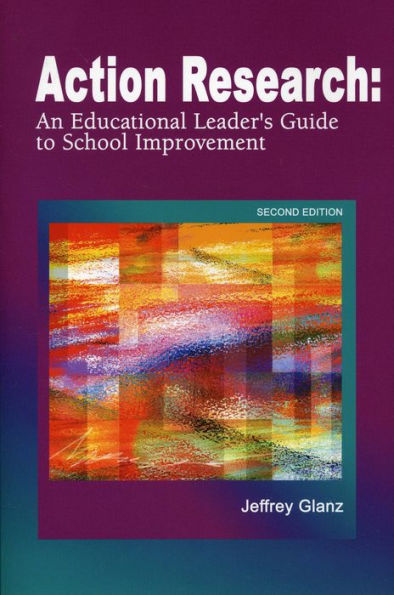5
1
9781929024544



Action Research: An Educational Leader's Guide to School Improvement / Edition 2 available in Paperback

Action Research: An Educational Leader's Guide to School Improvement / Edition 2
- ISBN-10:
- 1929024541
- ISBN-13:
- 9781929024544
- Pub. Date:
- 09/15/2003
- Publisher:
- Rowman & Littlefield Publishers, Inc.
- ISBN-10:
- 1929024541
- ISBN-13:
- 9781929024544
- Pub. Date:
- 09/15/2003
- Publisher:
- Rowman & Littlefield Publishers, Inc.

Action Research: An Educational Leader's Guide to School Improvement / Edition 2
$79.0
Current price is , Original price is $79.0. You
79.0
In Stock

Product Details
| ISBN-13: | 9781929024544 |
|---|---|
| Publisher: | Rowman & Littlefield Publishers, Inc. |
| Publication date: | 09/15/2003 |
| Edition description: | Second Edition |
| Pages: | 366 |
| Product dimensions: | 6.70(w) x 9.90(h) x 0.80(d) |
| Age Range: | 18 Years |
About the Author
From the B&N Reads Blog

